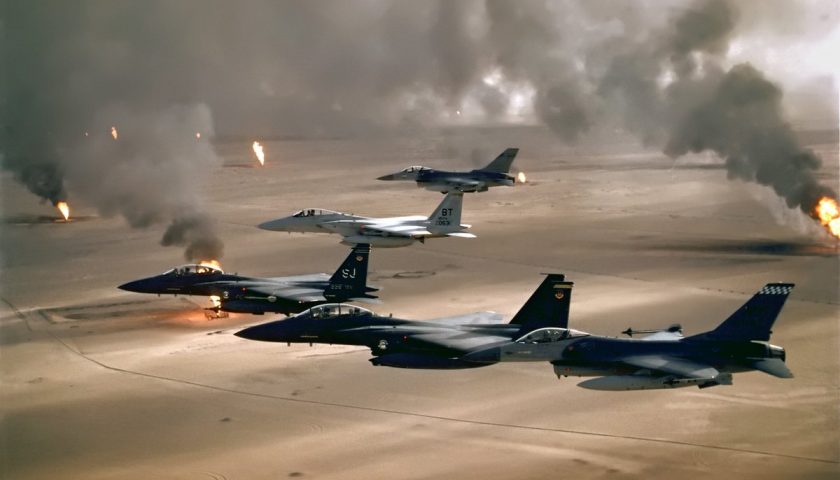When in 20190, the Trump administration decided to budget an order for 8 F15-EXs in the Pentagon's 2020 budget, the latest version of Boeing's famous fighter, in its budget, the US Air Force accepted constraint and forced to see this new aircraft join its ranks, while the acquisition strategy aimed above all to increase the fleet of F35A to eliminate the F16, A10 and part of the F15 still in service. Since then, and while only 2 aircraft have today been delivered to the American air forces, the F15-EX enjoys a completely different image, to the point of being designated by the Chief of Staff of the USAF, General Brown, as one of the 4 combat aircraft that will form the American fighter fleet in 2030, alongside the F35, F16 and NGAD. How can we explain this rapid turnaround, and what are the consequences of such a decision?
While with the F15 Eagle, and the F/A 18 Hornet, Boeing had a dominant position on the American fighter market in the 80s and 90s, the successive failures of the Seattle firm for the contracts which will give birth to the F22 Raptor then the F35 Lighting 2, both won by Lockheed, greatly affected the company's dynamics. Only the US Navy, with the Super Hornet, and the export success of the F15 and the Super Hornet in their most advanced versions, allowed Boeing to maintain its skills in this critical area. However, the company did not give up, and continued to develop increasingly advanced versions of its devices, particularly for its Middle Eastern and Asian customers. Ultimately, the F15-QA performance and capabilities ordered by Qatar to evolve alongside the Rafale et Typhoon Europeans also acquired by the small gas state, began to intrigue the American Congress and especially certain decision-makers in the US Air Force.

Concomitantly, the rise of tensions between the United States and China, and the return of the specter of a possible high-intensity war in the Pacific, led the heads of the US Air Force to study their options in this theater, in particular in the event of an offensive on Taiwan. However, it quickly became clear that the strategy imagined around the couple F22 / F35 and a myriad of support planes (refuellers, air watch, electronic intelligence ...) was very risky in this theater. Indeed, Beijing had developed and sized its air forces to equip itself with many long-range fighters, such as the J-11 and the J-16, as well as the J-20 stealth fighter, and had deployed resources. detection devices capable of detecting not only older generation aircraft, such as the F15 and F16, but also the F22 and F35 despite their stealth. This air and anti-aircraft power thus formed, associated with the country's preventive strike capabilities, now oblige the US Air Force to deploy aircraft with a range of greater than 1500 km to protect Taiwan, and to deploy support planes, especially precious tankers, out of reach of the enemy's hunt and its long-range PL-15 missiles given to exceed 200 km.

75% of this article remains to read,
Subscribe to access it!
The Classic subscriptions provide access to
articles in their full version, and without advertising,
from 6,90 €.
Newsletter subscription
Register for the Meta-Defense Newsletter to receive the
latest fashion articles daily or weekly

